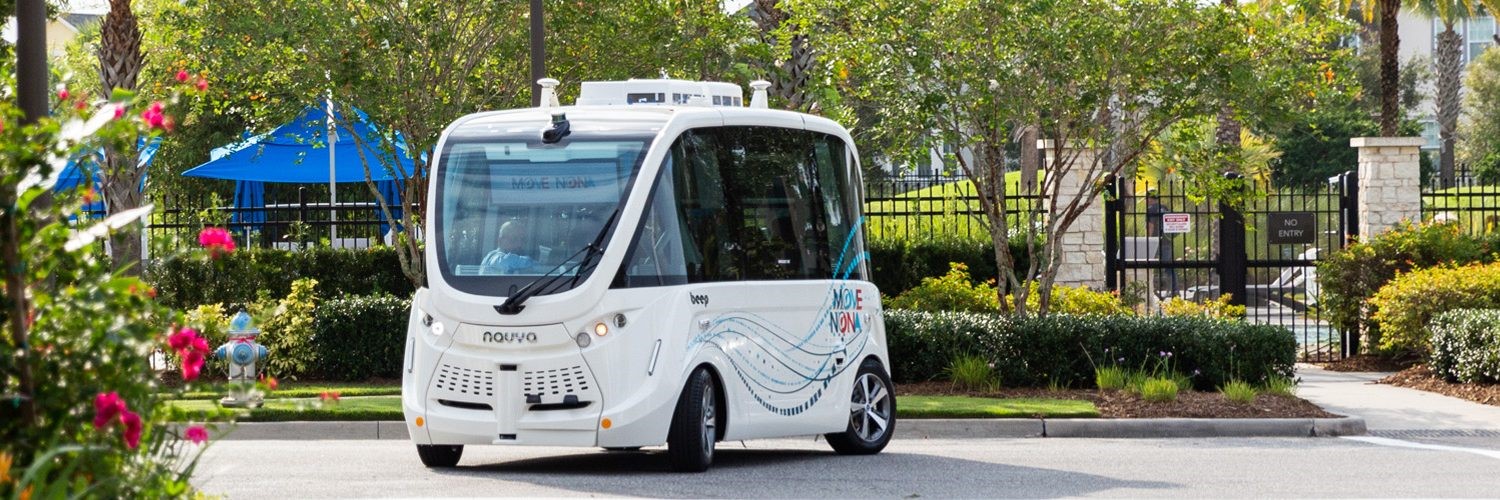

Transportation is one of the fastest-changing and most exciting sectors in the global economy today. Connected & autonomous vehicles, shared mobility concepts, and the shift to electric vehicles (together referred to as CASE) are some of the most exciting avenues.
At ARC’s 24th annual Industry & City Forum, we hosted a “Future of Mobility” session where four leaders in the mobility space joined us to share their perspectives and experiences around the CASE transition. In this article, we will take a look at the presentation from Professor Harish Chintakunta of the Advanced Mobility Institute at Florida Polytechnic Institute.

To start the session, I introduced some of the shortcomings of the current transportation system as well as their causes, focusing on the situation in the US.
These issues arise from a century-old paradigm: the use of private, low-occupancy, fossil fuel-powered vehicles for nearly every journey taken, operated by error-prone and increasingly distracted human drivers.
Addressing these issues requires changing the paradigm. Reducing vehicle miles traveled by moving to higher density and smaller footprint modes of transport, powering vehicles with electric powertrains, and replacing human drivers with safer autonomous vehicle (AV) technology are all promising avenues.
In his talk, Dr. Chintakunta argued that autonomous vehicles are necessary to reduce motor accidents, but that this transition must be implemented properly. Dr. Chintakunta notes that we tolerate significant human error on roads but will accept a far lower accident rate from AVs, and public opinion can easily turn away from them.
AVs rely on sensors, including cameras, radar, and lidar to see their environment. According to Dr. Chintakunta, this is where the long list of unknowns begins for mass AV adoption. “In the future let’s say if all vehicles have lidar, there’s a heavy concentration of lasers in that area, so we don’t know what the result will be. If a single test vehicle is working properly, it may happen that multiple vehicles may not work properly.”\
Sensor data that is collected is then processed by the vehicle’s algorithms, which need to make sometimes critical choices, introducing difficult questions that extend beyond the realm of engineering. “When you’re talking about algorithms, you also want to test whether they take into consideration ethical issues…so there are all sorts of ethical issues when it comes to autonomous systems, for example, do you want your vehicle to save passengers or pedestrians? If you have a chance to save three people by swerving and hitting another person, do you want to do that?”
Other ethical questions arise as well. When autonomous taxis compete as mobility services aiming to maximize passenger time, will they be programmed to travel quickly (and with higher risk) when empty to pick up their next fare sooner?
“We don’t want to be making decisions on what’s ethical as testers, we leave that to regulators and system designers, but we want to provide a mechanism for them to encode these aspects into the testing process”.

